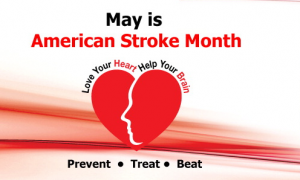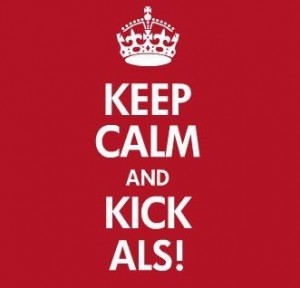
General Facts
- Osteoporosis is a disease of the bone that makes a person’s bones weak and more likely to break. Approximately 9 million Americans have osteoporosis and another 43 million have low bone density, placing them at increased risk.
- This means that nearly 60% of adults age 50 and older are at risk of breaking a bone and should be concerned about bone health.
- One in two women and up to one in four men will break a bone in their lifetime due to osteoporosis. For women, the incidence is greater than that of heart attack, stroke and breast cancer combined.
- There is no cure for osteoporosis, but there are steps you can take to prevent, slow or stop its progress. Diet, exercise and a healthy lifestyle are keys to preventing and managing the disease.
- NOF recommends five steps to improve bone health and prevent osteoporosis:
- Get the calcium and vitamin D you need every day.
- Do regular weight-bearing and muscle-strengthening exercises.
- Don’t smoke and don’t drink too much alcohol.
- Talk to your healthcare provider about your chance of getting osteoporosis and ask when you should have a bone density test.
- Take an osteoporosis medication when it’s right for you.
About Osteoporosis
Osteoporosis is a disease of the bone.
- Osteoporosis is often called a “silent disease” because you cannot feel your bones getting weaker.
- You may not even know you have osteoporosis until after you break a bone.
Osteoporosis is serious, even deadly.
- A woman’s risk of hip fracture is equal to her combined risk of breast, uterine and ovarian cancer.
- A man is more likely to break a bone due to osteoporosis than he is to get prostate cancer.
- 24 percent of hip fracture patients age 50 and over die in the year following the fracture.
- Six months after a hip fracture, only 15 percent of patients can walk across a room unaided.
- Every year, of nearly 300,000 hip fracture patients, one-quarter end up in nursing homes and half never regain previous function
Osteoporosis is costly.
- Osteoporosis-related bone breaks cost patients, their families and the healthcare system $19 billion annually.
- By 2025, experts predict that osteoporosis will be responsible for three million fractures resulting in $25.3 billion in costs.
Osteoporosis is preventable.
- About 85-90 percent of adult bone mass is acquired by age 18 in girls and 20 in boys.
- Building strong bones during childhood and adolescence can help prevent osteoporosis later in life.
- NOF recommends five steps to improve bone health and prevent osteoporosis:
- Get the calcium and vitamin D you need every day.
- Do regular weight-bearing and muscle-strengthening exercises.
- Don’t smoke and don’t drink too much alcohol.
- Talk to your healthcare provider about your chance of getting osteoporosis and ask when you should have a bone density test.
- Take an osteoporosis medication when it’s right for you.
Osteoporosis is manageable.
- Although there is no cure for osteoporosis, there are steps you can take to prevent, slow or stop its progress. Eating a healthy diet and exercising regularly can help slow or stop the loss of bone mass and help prevent fractures.
- About half of osteoporosis-related repeat fractures can be prevented with appropriate treatment.
- A bone density test is the best way to diagnose osteoporosis and determine a treatment plan. If your T-score is-2.5 or lower, indicating that you have osteoporosis, or if you have other significant risk factors for breaking a bone, talk to your healthcare provider about starting an osteoporosis treatment plan that includes taking an osteoporosis medicine.
- In choosing an osteoporosis medication, be sure to discuss the risks and benefits of all treatment options with your healthcare provider to determine which treatment plan is best for you.
- In order for your medicine to work, it’s important to exercise regularly an make sure you get the recommended amount of calcium and vitamin D every day from food and supplements.
- Once you start taking an osteoporosis medicine, your bone density test by central DXA should be repeated at least every two years to monitor its effects. After starting a new osteoporosis medicine, many healthcare providers will repeat a bone density test after one year.




 Parkinson’s disease (PD) is a chronic and progressive movement disorder, meaning that symptoms continue and worsen over time. Nearly one million people in the US are living with Parkinson’s disease. The cause is unknown, and although there is presently no cure, there are treatment options such as medication and surgery to manage its symptoms.
Parkinson’s disease (PD) is a chronic and progressive movement disorder, meaning that symptoms continue and worsen over time. Nearly one million people in the US are living with Parkinson’s disease. The cause is unknown, and although there is presently no cure, there are treatment options such as medication and surgery to manage its symptoms.